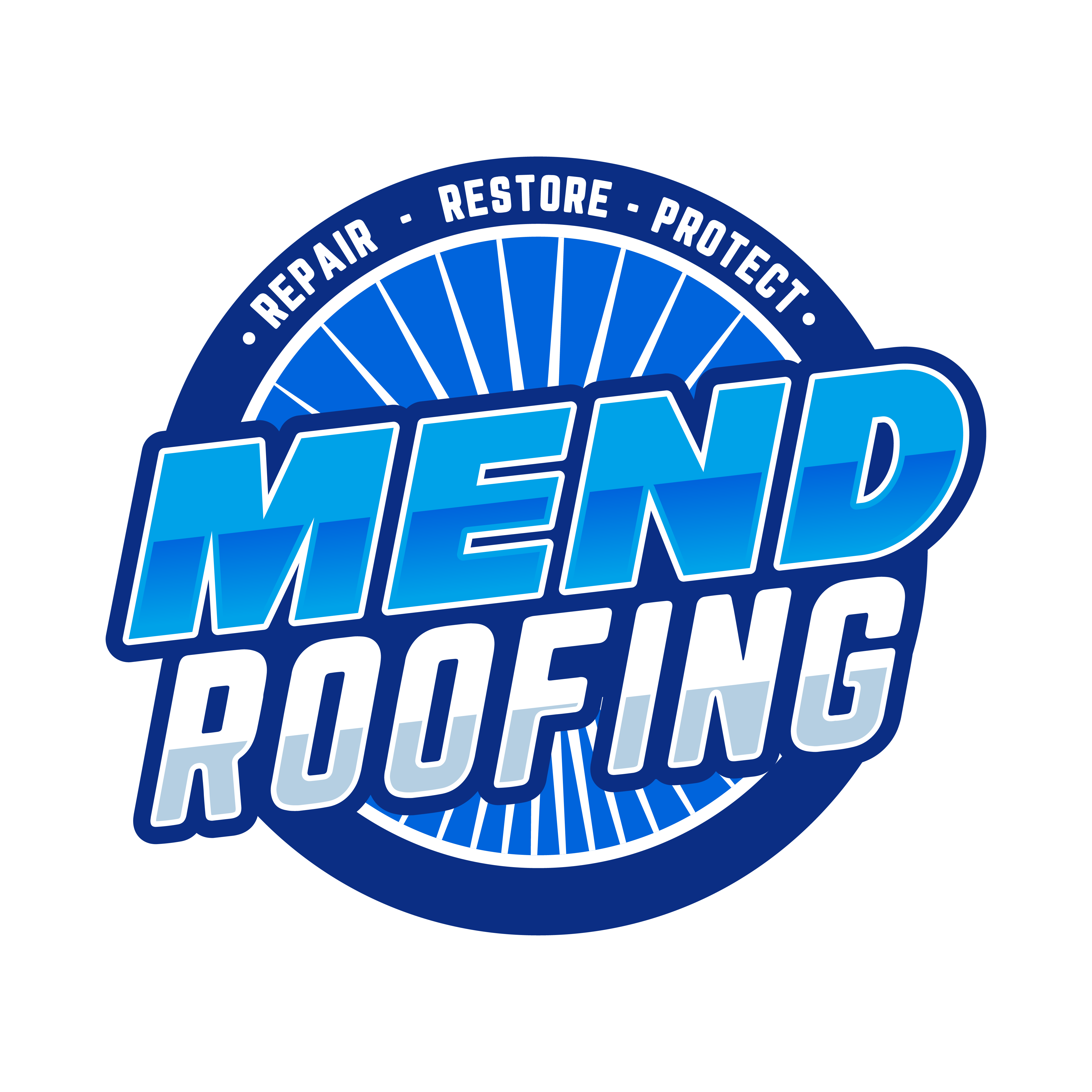Roofing is an integral aspect of any home, and the choice of underlayment can significantly impact the longevity and performance of the roof. In this guide, we delve deep into the world of roofing underlayment, comparing the two most popular types: synthetic and felt. By understanding the advantages and disadvantages of each, homeowners can make informed decisions tailored to their specific needs.
Advantages of Synthetic Underlayment
1. Durability and Longevity
Synthetic underlayment boasts an impressive lifespan, often outlasting felt by several decades. With the potential to last 40 years or more, it offers homeowners peace of mind, especially in regions prone to harsh weather conditions.
2. Resistance to Water and Mold
Designed to repel water, synthetic underlayment ensures the roof remains moisture-free. Its plastic composition also means it’s resistant to mold and mildew, further enhancing its durability.
3. Lightweight Nature
Weighing between 2 to 4 pounds per square, synthetic underlayment is significantly lighter than felt, which can weigh between 15 to 30 pounds per square. This reduced weight alleviates pressure on the home’s framing, ensuring structural integrity.
4. High-Temperature Resistance
For homes located in tropical, desert, or other high-temperature regions, synthetic underlayment is ideal. It can endure temperatures reaching up to 260°F, ensuring the roof remains protected even during extreme heat.
5. Smooth Surface
The texture of synthetic underlayment remains consistent, ensuring a smooth surface throughout its lifespan.
Disadvantages of Synthetic Underlayment
1. Cost Implications
While synthetic underlayment offers numerous benefits, it comes at a higher price point compared to felt. However, it’s worth noting that synthetic rolls are generally larger, potentially offsetting the initial cost over time.
Advantages of Felt Underlayment
1. Cost-Effective Solution
For homeowners working within a budget, felt underlayment is an attractive option. Its lower price point, coupled with its performance, makes it a viable choice for many roofing projects.
Disadvantages of Felt Underlayment
1. Reduced Durability
Felt underlayment tends to have a shorter lifespan compared to its synthetic counterpart. Over time, exposure to sunlight and high temperatures can lead to wear and tear.
2. Heavier Weight
Felt is inherently heavier than synthetic underlayment. This increased weight can pose challenges during installation and place additional pressure on the home’s structure.
3. Slippery Surface
Installing felt underlayment can be challenging due to its slippery nature, making it difficult for roofers to navigate during installation.
Making the Right Choice for Your Home
When considering a roofing project, especially a roof repair in Cypress TX, it’s essential to weigh the pros and cons of both synthetic and felt underlayment. At Mend Roofing, we pride ourselves on offering expert advice and top-notch services, ensuring our clients make the best decisions for their homes. Whether you’re looking for a roofer in Cypress TX or seeking a reputable roofing contractor in Cypress Texas, Mend Roofing is here to assist.
In conclusion, the choice between synthetic and felt underlayment depends on individual preferences, budget, and specific roofing needs. By understanding the benefits and limitations of each, homeowners can make informed decisions that ensure the longevity and performance of their roofs.
